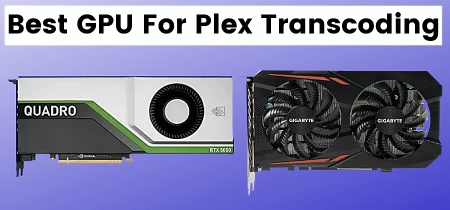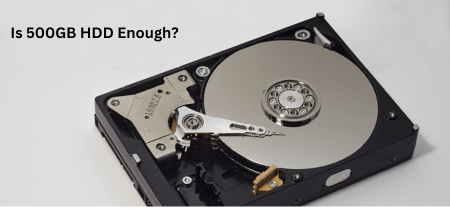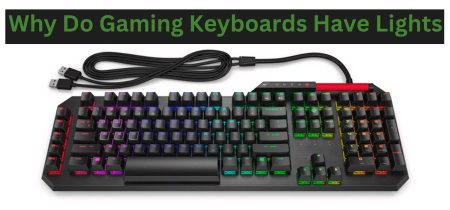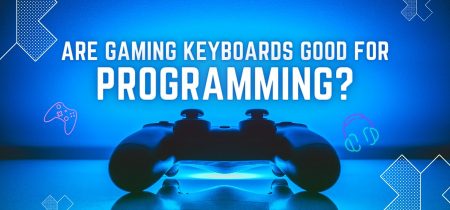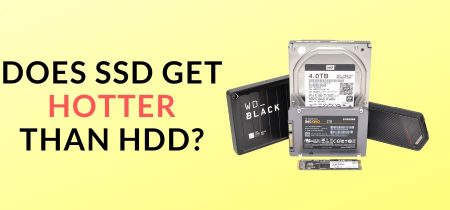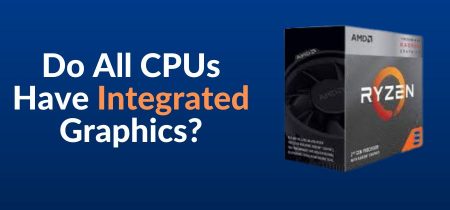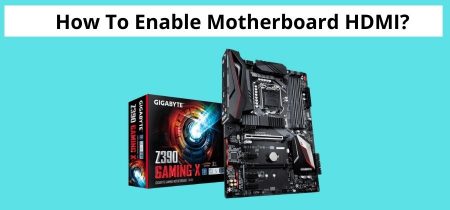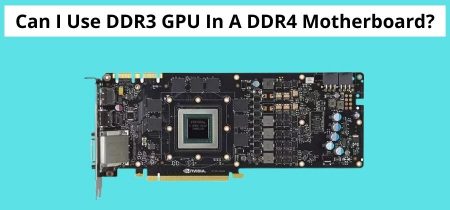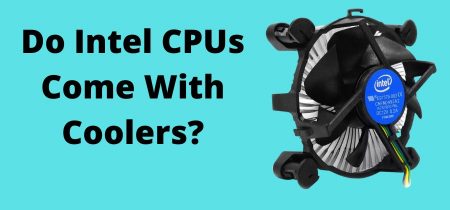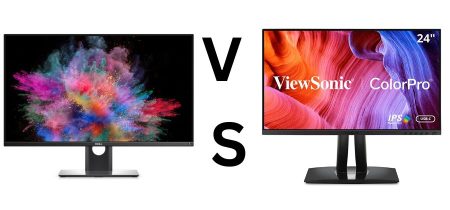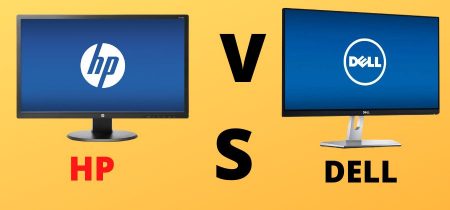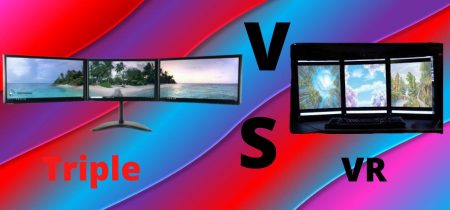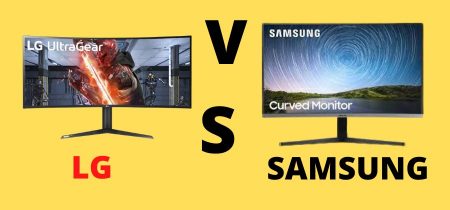Your computer’s motherboard is an essential component. It’s sometimes called the circulatory system, a necessary part of PC architecture. Nothing else would operate without it because it interfaces with all other ingredients. The motherboard you choose influences how powerful your PC is now and how powerful it can grow in the future.
This article will let you know how to choose the best motherboard for gaming or select the most okay motherboard for your gaming, bitcoin mining, and PC needs.
Different Measure To Choose The Best Motherboard For Gaming
Customized Your PC With the Perfect Motherboard
Before you look at motherboards, what are some of the questions you’ll need to be answered? Before choosing a motherboard that will meet your present and future desktop PC demands, here are some things to think about.
CPU
Will you use an AMD or an Intel processor? The motherboard you pick will support the correct processor socket for the chip. You have to decide here. Both CPUs are pretty powerful and are designed for fair gaming, online surfing, and overall performance.
In general, knowing which sockets and chipsets will work with the motherboard you choose is crucial. Different chipsets will have different parts depending on the RAM, GPU, and other factors.
Motherboard Size
What dimensions do you need the board to be? The ATX is the most common of the four primary sizes, and it supports a wide range of functions. The Micro ATX is a smaller form factor with fewer expansion slots, RAM slots, and features.
The more components a motherboard can accommodate, the more effectively it reacts to the CPU, the larger it is.
Also Read: How To Tell If The Motherboard Is Dead?
RAM
How many RAM modules are you going to use? You’ll need enough slots on the board you pick to accommodate the RAM you want to utilize now and in the future.
GPU Support
For optimal visual displays and performance, your graphics card must be compatible with the motherboard to which it will be connected. If you want to increase the power, you’ll also need to know how many graphics cards your motherboard can handle adequately.
Expansion Plans
If you wish to expand your setup by adding more modules, you’ll need a motherboard that allows you to do so.
Storage
Another critical component of your board is the storage connections. Check that your possible motherboard can manage the storage you’ll be using, as well as the data you’ll be storing. You’ll need to understand the many types of external and internal connectors available.
Features
Which types of components must you look for to choose the best motherboard for gaming? Many motherboards will come with built-in functionality, saving you the trouble of buying expansion cards. Although they’re a little more expensive, the finest motherboards have Wi-Fi and Bluetooth capabilities.
SATA Ports
SATA ports connect optical and storage devices such as HDDs and SSDs. Check to see whether the motherboard contains the connections you’ll need to attach your hard discs. Check if it has the typical SATA 6 gigabytes – SATA 3.0 interface. Consider any additional accessories you might need to connect, such as USB 3.0.
Also Read: How Many SATA Cables Come With A Motherboard?
PCI Slots
Expansion cards can be inserted into these spaces. You’ll need to examine if your motherboard has enough slots for your needs, depending on how you’ll use your PC.
Virtual PCI ports and express slots for sound cards and Wi-Fi adaptors are also available on motherboards.
How to Choose The Best Motherboard for Gaming
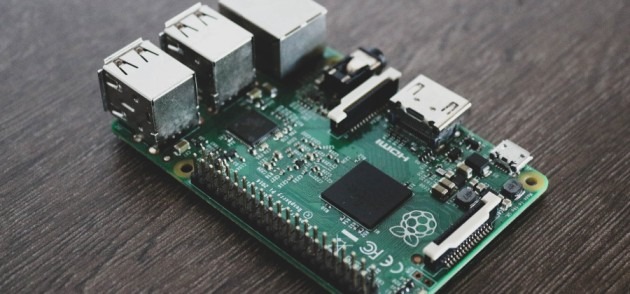
For your best gaming experience, you need to know your PC is in good condition. As a result, increasing performance with a suitable motherboard of high quality is your primary goal.
It is unnecessary to purchase an expensive motherboard; nonetheless, it is preferable to avoid losing critical functionality with less costly ones. If you want to design a mid-range system, for example, anything between $100 and $150 should suffice. However, if you’re going to use a powerful CPU like the Intel i9 or AMD Ryzen 9, you’ll need to invest in a motherboard that can handle it.
Motherboard Compatibility With Other Components For Gaming
how to choose the best motherboard for gaming? All of the components you’ll be adding to your motherboard, notably the CPU, must be compatible with it. You’ll need to pick if your motherboard requires an AMD or an Intel processor. Socket types vary depending on the chip. Before that, you must know about a few things.
- What AMD claims, not all AMD boards are compatible with their CPUs. Verify which motherboards are compatible with which processors by visiting the AMD and Intel websites.
- Another essential factor to consider is if your motherboard will work with the RAM modules you’ve chosen. Your board must support the specific RAM type, quantity, and speed. DDR4 RAM is now the industry standard, with DDR5 RAM on the horizon.
- However, you don’t have to worry about RAM kinds because your motherboard will only accept one. As a result, you’ll be better off investing in DDR4 RAM and a motherboard that supports it.
- Check that your RAM speed matches the rate shown in your motherboard’s list of supported RAM speeds. The letters “OC” following the speeds imply that you’ll have to fiddle with the BIOS settings to get the module to run at the desired speed.
- If you want to run your computer with a lot of RAM, you’ll need to check the maximum capacity of your motherboard. It’s uncommon to reach total capacity, but it’s essential to be prepared.
Also, how many RAM sticks do you intend to use simultaneously? You’ll need enough RAM slots on your motherboard.
Motherboard sizes come in four main types:
1. ATX
2. Micro ATX
3. Mini ITX
4. Extended ATX
In The End!
How to choose the best motherboard for gaming all depends. You need to consider all of the earlier lists to select the best motherboard compatible with gaming. We have mentioned the most practical considerations that you need to follow. Read everything carefully and mind to find the best mother for gaming.


